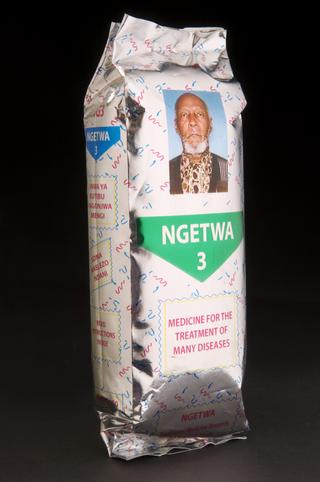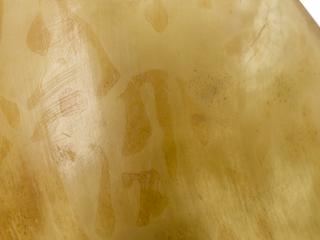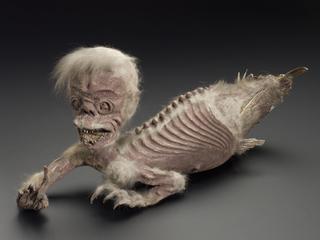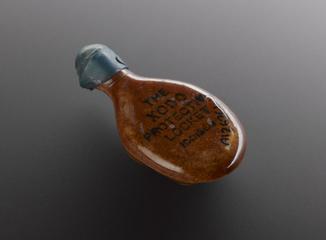




Holy medallion amulet, probably made 1900-1916, depicting St Anthony the patron saint of travellers and carried by a soldier during the First World War.
The carrying of ‘lucky charms’ – as protective amulets against ill health and physical danger – is common in many cultures around the world. Luck played a major role in combatant’s fate during the First World War, 1914-1918. As such, soldiers of all nations put great faith in lucky charms and amulets. Whether given by family and loved ones, bought commercially or chosen for personal significance, these special forms of protection were carried into battle.
St Anthony, who is shown on this medallion, is the patron saint of travellers. Christians believe that saints can help protect them from danger and illness and this medallion is inscribed with the words “St Anthony, Pray for Us”. The medallion was sent by a Roman Catholic nun to one of her brothers in France during the First World War to protect him on his travels and keep him from danger. The use of such amulets has been commonplace – particularly in times of conflict. For example, there are stories of similar religious amulets being sewn into household curtains to protect homes from German Zeppelin air raids during the same war.
Details
- Category:
- Ethnography and Folk Medicine
- Collection:
- Sir Henry Wellcome's Museum Collection
- Object Number:
- A652171
- Materials:
- tin
- Measurements:
-
overall: 1 mm 20 mm, .002 kg
- credit:
- Johnson-Saint




